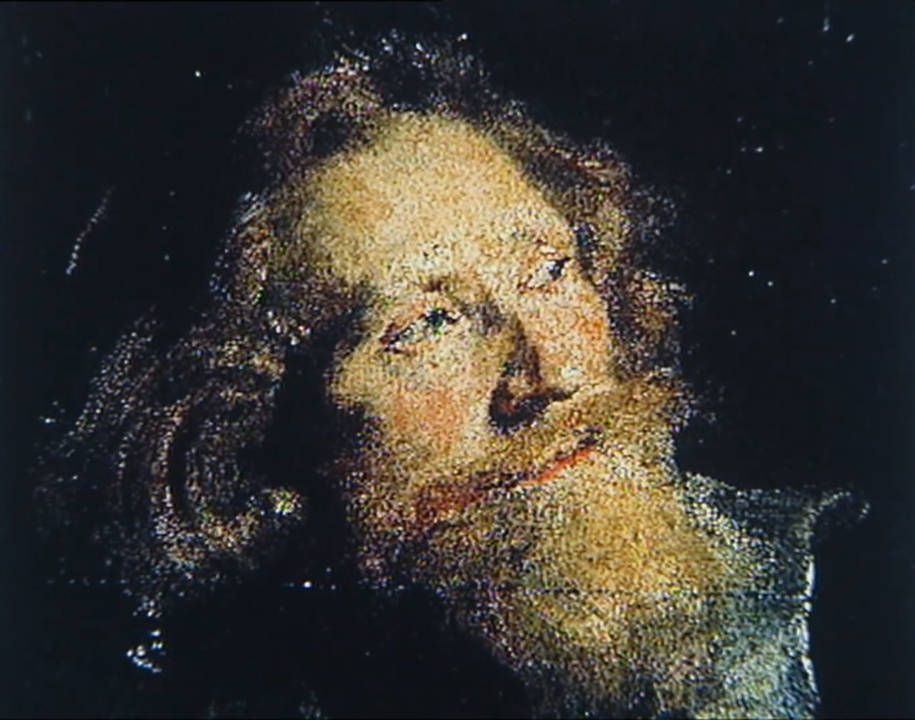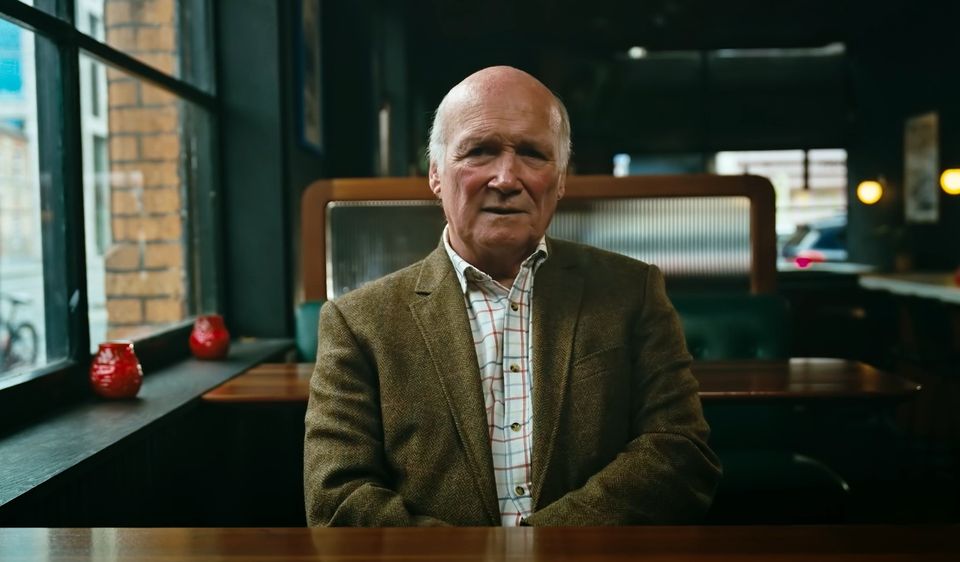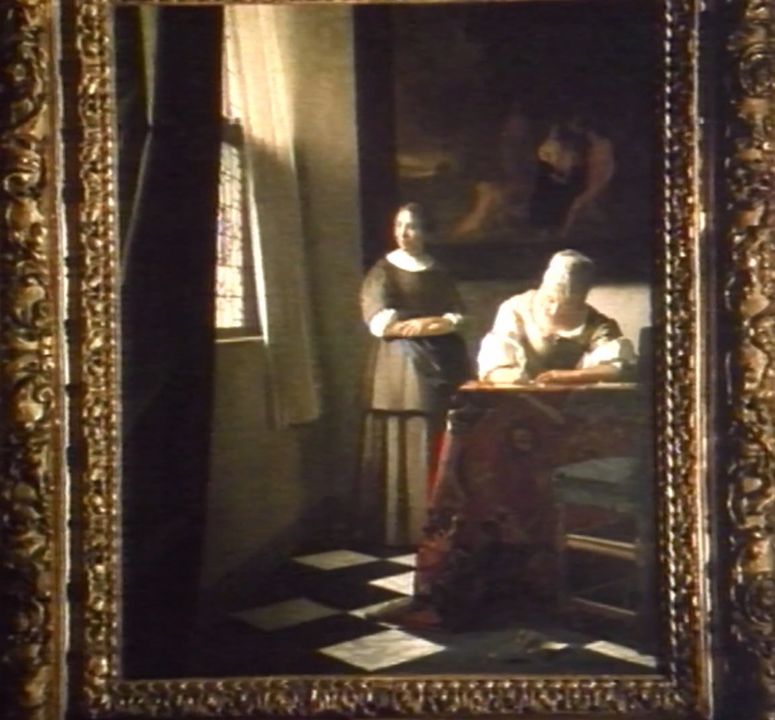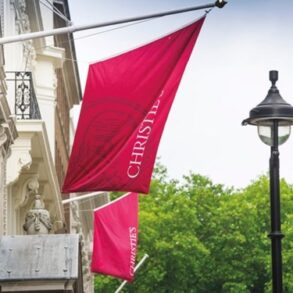Dick Ellis, then head of Scotland Yard’s Arts and Antiquities Squad, was drafted in by gardaí to help track down the missing 18 paintings, which were worth at the time IR£30m
‘The General’ was once Ireland’s most wanted man, with his most lucrative robbery being the theft of priceless masterpieces from Russborough House in Co. Wicklow in 1986.
But his attempts to offload his haul would ultimately lead to his assassination by the IRA in Dublin in 1994.
Dick Ellis, then head of Scotland Yard’s Arts and Antiquities Squad, was drafted in by gardaí to help track down the missing 18 paintings, which were worth at the time IR£30m.
Head of a Bearded Man
“At the time I would say certainly it was the largest art theft in the world,” the former detective said. “Goya is a household name, two Reubens, Gainsborough. If you add the other paintings that were stolen, you’re looking at about £300 million in today’s market.
“The recovery of these paintings was absolutely of paramount importance. There is of course the financial loss, but there is the loss to the history of art.
“It’s not a victimless crime when you steal from the National Gallery, when you steal from a collection of this nature. You’re actually stealing from your fellow citizens.”
Former UK police officer Dick Ellis
Following the heist, an associate of Martin Cahill was blackmailing a London art dealer into arranging a sale of the stolen masterpieces.
“For his trouble, they would pay him half a million punts into a Swiss bank account, and if he declined the invitation they would put a bullet in his head,” reveals Ellis in RTÉ’s The Case I Can’t Forget.
“So we put in a full-scale armed operation in a stakeout of the dealer’s home. At the appropriate moment, I gave the order for the armed units to attack and take these guys down.
Scotland Yard arrested a Dublin man in London and charged him with attempting to sell or dispose of £12m worth of the stolen paintings.
“Martin Cahill was back to the drawing board and started to utilise the art as a commodity. He looked to exchange art for drugs. He used contacts, international contacts, and he arranged heroin consignments from Turkey.”
Cahill smuggled the paintings to Istanbul, so the exchange could be made.
“The Turkish authorities were tipped off by the gardaí, and when they arrived in Istanbul, they were able to arrest the member of Cahill’s operation.”
The painting that was recovered was the Letter Writer, by Jean Baptiste Greuze.
Lady Writing a Letter
“Following the episode in London and the episode in Istanbul, there was absolutely no doubt that Cahill was the man in charge of the Beit paintings,” maintains Ellis.
Cahill then tried to offload four of the paintings to raise a loan from criminal associates.
“He went back to his connections with the Antwerp diamond market. Where Cahill negotiated the paintings, using them as collateral for a large sum of money,” he recalls.
Ellis says that the subsequent undercover operation that was mounted was in conjunction with both the gardaí and Belgian authorities and resulted in the recovery of four paintings, one of which was Vermeer’s A Lady Writing A Letter.
“[Cahill] had bitten off more than he could chew,” says Ellis. “He was not an art thief. He didn’t know the route to market. He was unable to profit at all.”
Cahill then made a fatal mistake and tried to sell Reubens’ The Head Of A Bearded Man to the IRA. They declined and Cahill then offered it to their deadly enemies, UVF terrorists.
“He was antagonising the IRA, particularly with the sale of the Bearded Man into the North,” says Ellis. “He’d gone from being cock of the walk to frankly a marked man.”
Father-of-five Cahill was gunned down by the IRA in Ranelagh in south Dublin on August 18, 1994, aged 45.
This post was originally published on this site be sure to check out more of their content








